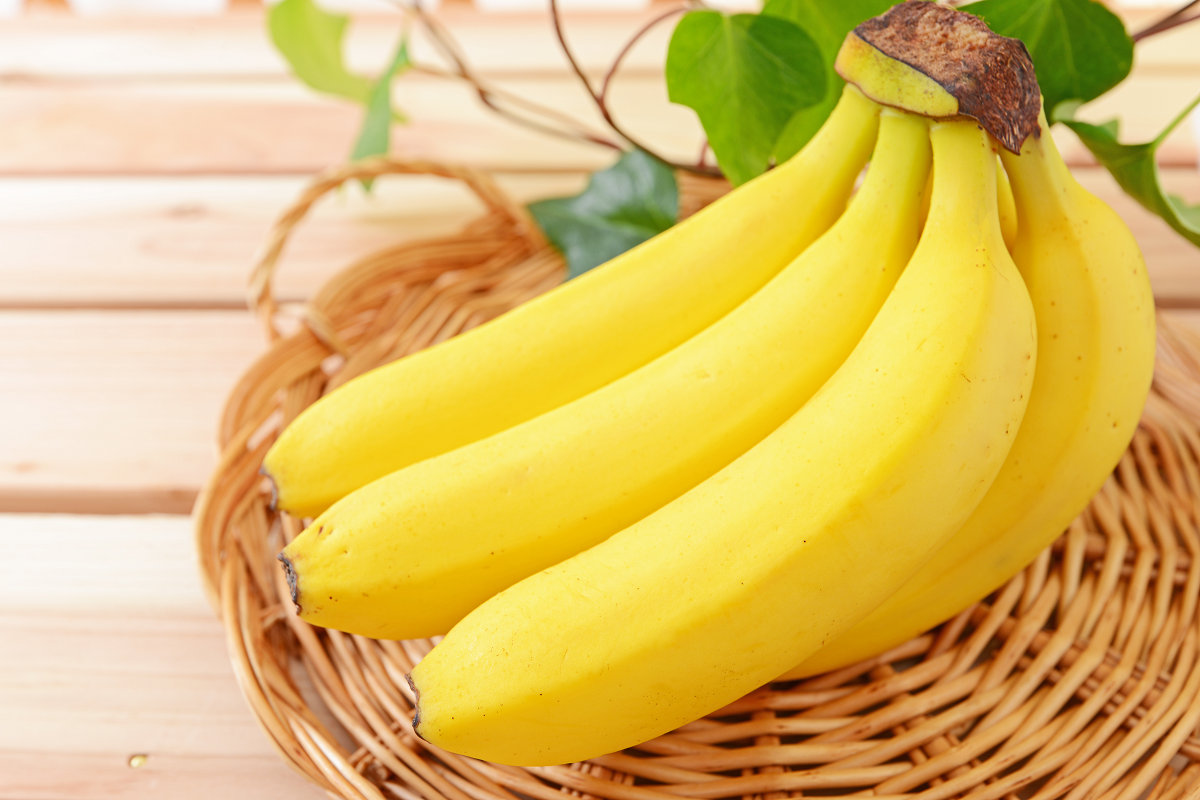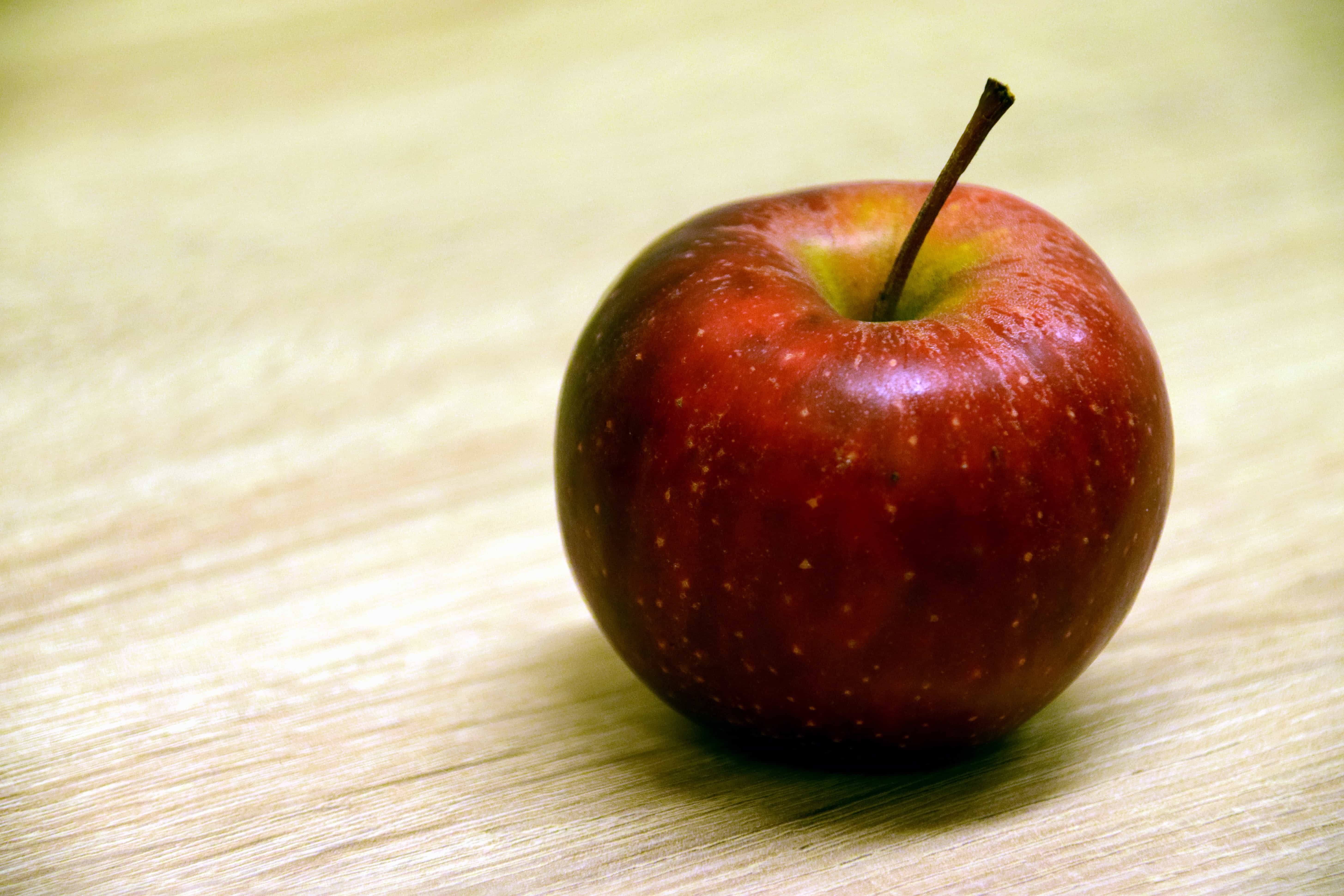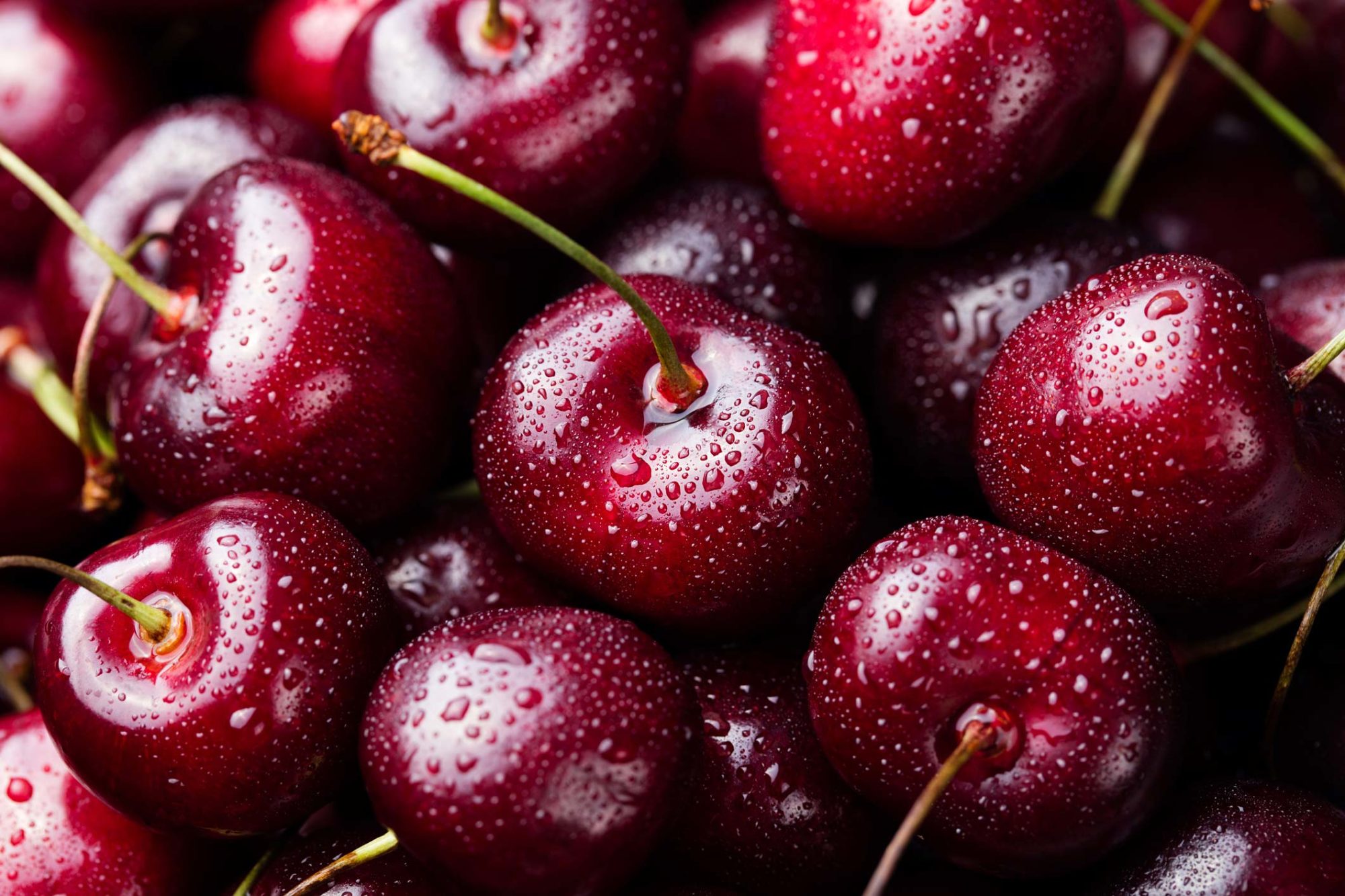Mongo $
The Sweet and Tropical Mango: Uses, Facts, Nutritional Benefits, and Tips
Introduction
Mangoes are tropical fruits cherished for their sweet flavor, juicy flesh, and versatility in culinary applications. They are not only delicious but also packed with essential nutrients that offer numerous health benefits. In this blog post, we will explore the different uses of mangoes, fascinating facts about them, their nutritional benefits, and some helpful tips for incorporating them into your diet. Finally, we will discuss the average price of mangoes.
Uses of Mangoes
Mangoes can be enjoyed in various ways, making them a versatile fruit in the kitchen. Here are some common uses:
- Fresh: Mangoes are delicious eaten fresh as a snack or added to fruit salads for a tropical twist.
- Smoothies: Adding mangoes to smoothies provides natural sweetness, creaminess, and a boost of vitamins.
- Desserts: Mangoes are popular in desserts such as mango sticky rice, mango ice cream, and mango pies.
- Salsas: Mango salsa is a refreshing condiment that pairs well with grilled meats, fish tacos, or as a dip with tortilla chips.
- Curries: Mangoes add a hint of sweetness and tropical flavor to curries, balancing out spicy and savory ingredients.
- Pickles: Green mangoes can be pickled and enjoyed as a tangy and crunchy snack or side dish.
- Juices and Beverages: Mango juice, smoothies, and cocktails are popular beverages enjoyed for their tropical flavor.
- Preserves: Mangoes can be made into jams, chutneys, and preserves to enjoy their flavor throughout the year.
- Ice Cream: Mango puree or chunks can be used to make creamy and refreshing mango ice cream or sorbet.
Interesting Facts About Mangoes
- Mangoes are scientifically known as Mangifera indica and belong to the Anacardiaceae family.
- Mangoes are native to South Asia and have been cultivated for over 4,000 years, spreading to tropical and subtropical regions worldwide.
- India is the largest producer of mangoes, followed by China, Thailand, and the Philippines.
- Mangoes come in various shapes, sizes, and colors, including yellow, green, red, and orange, each with unique flavors and textures.
- Mangoes are rich in vitamins A, C, and E, as well as antioxidants like beta-carotene and polyphenols.
- Mango leaves are used in traditional medicine for their potential health benefits, including treating respiratory ailments and diabetes.
- There are over 1,000 varieties of mangoes grown worldwide, each prized for its distinct flavor, aroma, and texture.
- Mango festivals are celebrated in many countries during the peak mango season to honor this beloved fruit.
Nutritional Elements of Mangoes
Mangoes are not only delicious but also packed with essential nutrients. Here are some key nutrients found in mangoes:
- Vitamin C: Mangoes are an excellent source of vitamin C, an antioxidant that supports immune function and collagen production.
- Vitamin A: Mangoes provide vitamin A in the form of beta-carotene, essential for vision, skin health, and immune function.
- Fiber: Mangoes are rich in dietary fiber, which aids digestion, promotes satiety, and supports a healthy gut.
- Antioxidants: Mangoes contain antioxidants like quercetin, mangiferin, and catechins, which help protect cells from oxidative damage.
- Potassium: Mangoes are a good source of potassium, an electrolyte that helps regulate blood pressure and heart function.
- Vitamin E: Mangoes provide vitamin E, which supports skin health, cell function, and immune response.
- Water Content: Mangoes have high water content, contributing to hydration and overall fluid intake.
- Low in Calories: Mangoes are relatively low in calories, making them a nutrient-dense choice for satisfying cravings without excess calories.
Helpful Tips for Using Mangoes
- Choose ripe mangoes that yield slightly to gentle pressure and have a fragrant aroma near the stem.
- To ripen mangoes faster, place them in a paper bag at room temperature and check daily until they are ripe.
- Peel mangoes using a sharp knife or a mango peeler, avoiding the fibrous pit in the center.
- Cut mangoes into slices, cubes, or wedges for snacking, salads, or desserts.
- Blend mango chunks into smoothies or puree for sauces, dressings, or marinades.
- Combine mango with other tropical fruits like pineapple, coconut, or papaya for a refreshing fruit salad.
- Freeze mango chunks for a cool and healthy snack or blend into homemade sorbets and frozen desserts.
- Experiment with different mango varieties, such as Alphonso, Haden, or Ataulfo, to experience varied flavors and textures.
- Use mango puree in baking recipes, such as mango bread, muffins, or cakes, for a tropical twist.
Average Price of Mangoes
The price of mangoes can vary depending on the season, variety, and location. On average, fresh mangoes typically cost between $1.50 and $3.00 each in the United States.
Cost: 2.00 and 4.00








0